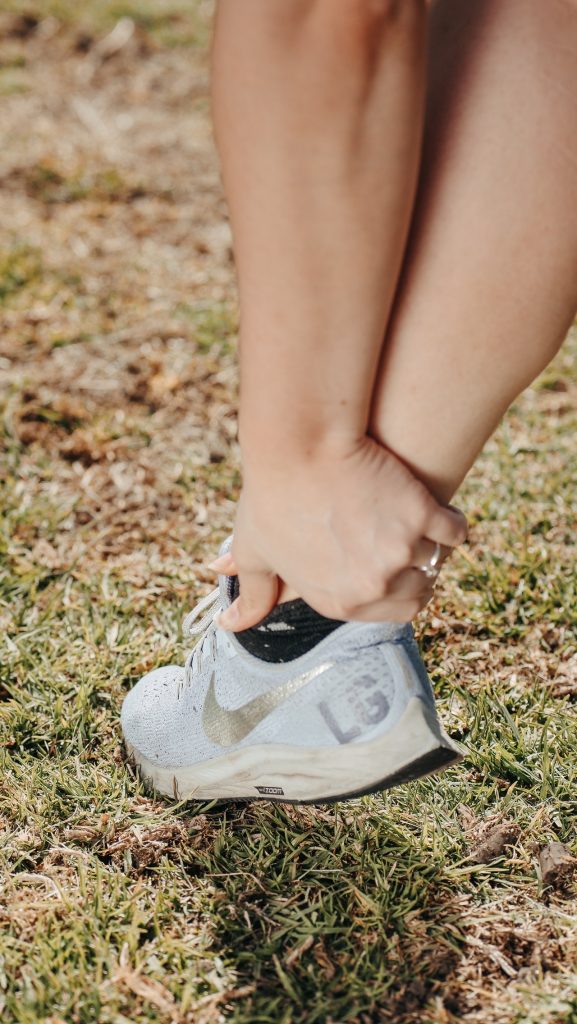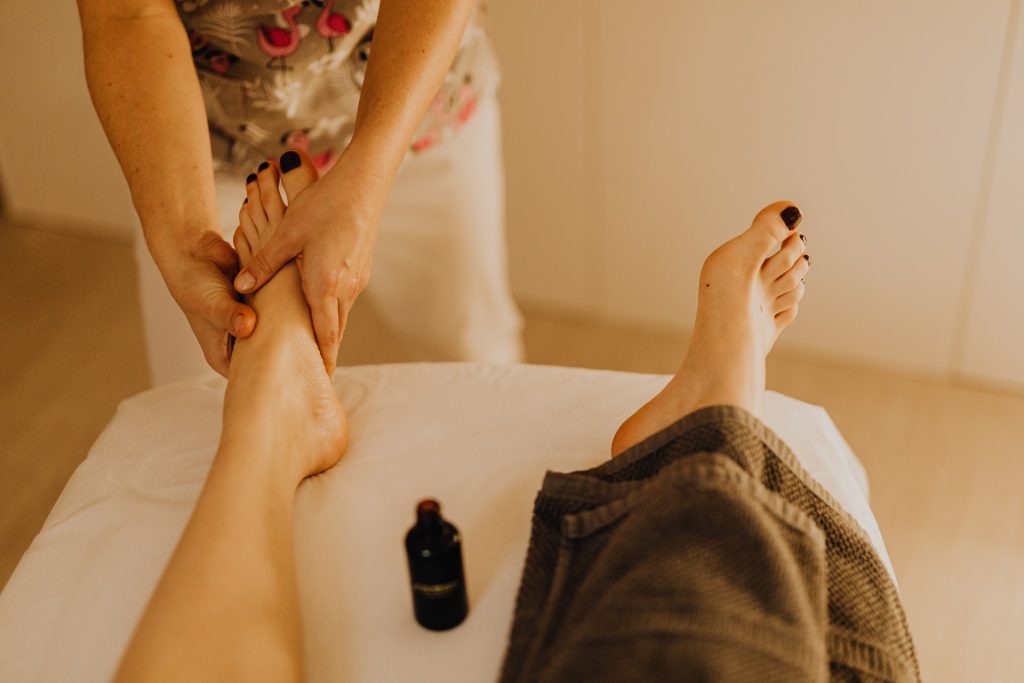Treatment and Exercises For Heel SpursTreatment and Exercises For Heel Spurs
Despite the numerous available treatments for heel pain, there is no certain cure for the condition. Although many people can get some relief from exercise, a doctor may prescribe medicine, ointments, shockwave therapy, or radiotherapy.
Visit the Sydney Heel Pain website to schedule an appointment with a professional.

A doctor can recommend lifestyle changes to ease the tension in the fascia and muscles that cause heel pain. Choosing the proper footwear is also critical, as worn shoes can exacerbate the condition. Avoid wearing shoes with sharp edges and rough surfaces.
- Wear supportive shoes. The stress on the foot increases by being on one’s feet all day. A supportive shoe will ease the pressure on the heel spur. If you cannot rest your foot, take a break or ice the area. Taking time off from your activities can prevent long-term problems. Lastly, avoid exercising if you’re experiencing pain in your heel. It’s a sign that your foot needs rest and some TLC.
- Inflammation and repetitive stress can cause a heel spur to develop. Other common causes include biomechanics, Achilles tendonitis, calf muscle tightness, or aging. Although treatment for heel spurs is not always necessary, it may be worth seeking a medical consultation to discover your pain’s cause. If left untreated, the spur may even cause chronic pain. Fortunately, there are many options for treatment.
- Physical therapy is a standard treatment for heel spurs. Physiotherapists perform special stretching exercises to help strengthen the area and relieve pain. Nonsteroidal anti-inflammatory medication can be taken for pain and swelling. Exercises can also strengthen the muscles and connective tissues around the heel spur. A physician can prescribe a corticosteroid injection if these methods are ineffective. These injections can ease the pain and inflammation that accompany heel spurs.
- Treatment for heel spurs is primarily based on the severity of symptoms. Most people are unaware they have a heel spur, but a doctor can detect it through an X-ray. The doctor can perform a procedure to remove it. The process is not painful and may be unnecessary in some cases. However, it is important to seek medical attention if you are experiencing pain. In extreme cases, surgery may be necessary to remove the heel spur.
- Self-massage can reduce muscle tension and pain caused by a heel spur. Massage the foot’s fascia by rolling it close to the heel spur and applying light pressure. Another effective treatment for heel spur pain is activation exercises, which help shorten calf and foot muscles and stimulate the regeneration of connective tissue. The calf and foot muscles are also involved in preventing pain in the heel. In addition to these exercises, a good stretching regime can reduce the incidence of heel spurs.
- Surgery is one of the last resort for patients who experience chronic inflammation of the heel spur. Surgical interventions are performed to remove the bone spurs and release the plantar fascia. The goal of surgery is to reduce pain and increase foot mobility. Surgical intervention may not be necessary for every case of heel spur pain. A surgical procedure will likely be the most effective if non-surgical treatments fail. In most cases, non-surgical treatments are sufficient.
Physical Therapy
Physical therapy can also help improve the range of motion and keep the joints mobile. The AAOS recommends several stretching exercises to help relieve the pain associated with a heel spur. Stretching exercises for the arch should be performed three times daily, preferably before bed. AAOS recommends stretching exercises for 4-6 weeks under a doctor’s supervision. Some of these exercises include wrapping a towel around the ball of your foot, holding the stretch for 30 seconds and repeating it three times. Another exercise is to place your leg slightly behind the body and keep it straight.

Physical therapy is an excellent option for treating a heel spur, but it should be sought as soon as the pain or symptoms become noticeable. Exercise, NSAIDs, and rest can help relieve pain and swelling. A doctor may also prescribe cortisone injections for severe cases. Even though there are no known cures for a heel spur, it is worth trying for relief. However, if the pain persists, a doctor can perform surgery to remove it altogether.
The plantar fascia supports the natural arch of the foot. When this tissue is damaged, too much pressure can cause small tears. The body will try to heal the injured area by releasing osteoblasts into the area, which form a heel spur. This process may take many months before a diagnosis can be made. The pain can be excruciating, especially when walking or standing for extended periods. And if the condition has been neglected, it may even lead to more severe conditions.